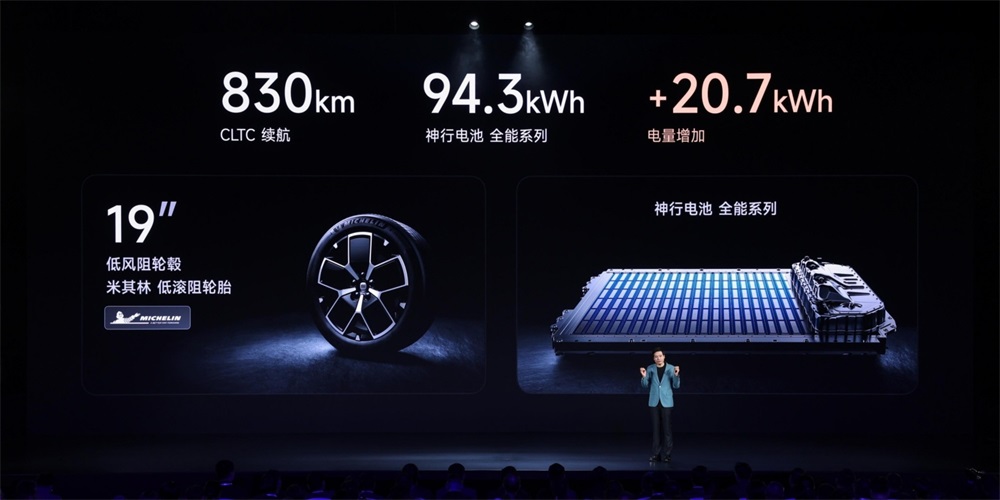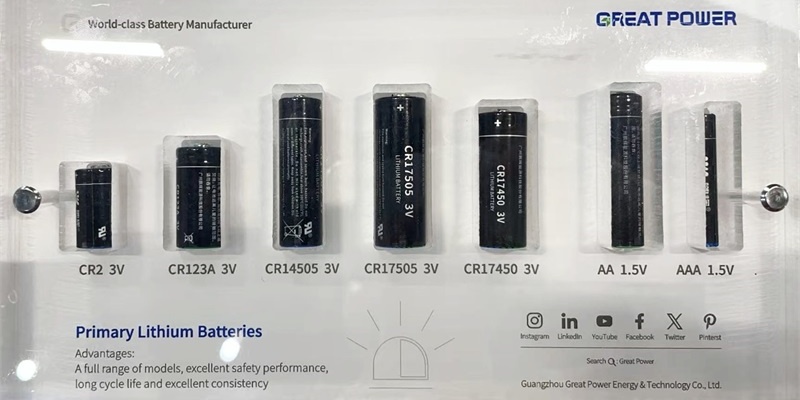Need Custom Battery Packs? 5 Key Design Factors + Free Support
Depending on different application scenarios, off-the-shelf battery packs may not meet the specific requirements of the equipment. In such cases, customized battery pack solutions become necessary, requiring careful consideration of factors such as battery materials, power output, charging safety, and physical dimensions.
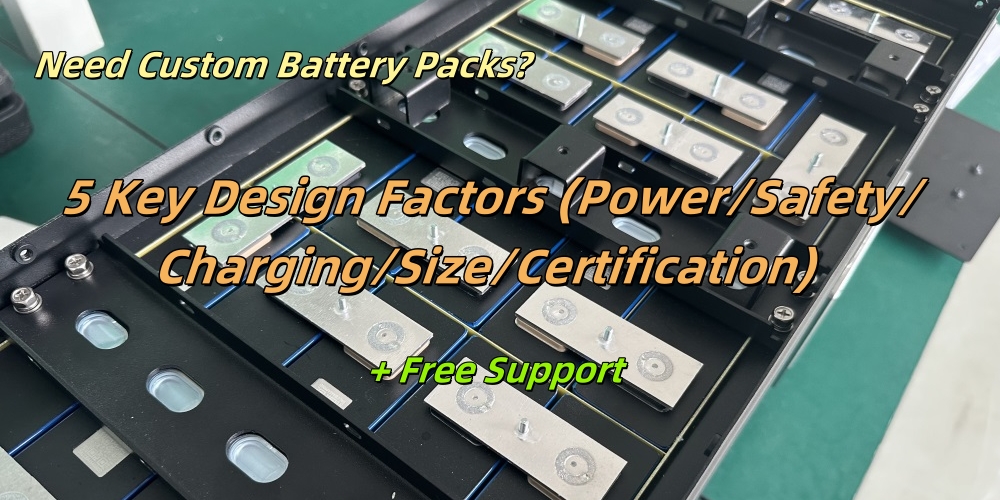
We specialize in custom battery pack manufacturing and supply. Whether you need technical guidance on customized solutions or hands-on support for DIY battery pack projects, you can leave a message or send an email. Our experts are ready to assist. Here are the critical considerations we've compiled for battery pack design.
1. Determining Battery Power Requirements
To design an effective battery pack, you need to evaluate three critical factors:
· Energy Capacity – How much power the battery can store (measured in watt-hours, Wh)
· Power Output – How quickly the battery can deliver energy (measured in watts, W)
· Runtime – How long the battery can sustain the load before needing to be recharged
Step 1: Calculating Energy Demand (Wh)
If your device consumes 50W per hour and needs to run for 4 hours, the required battery capacity is:
50W × 4h = 200Wh
This means your battery must provide at least 200Wh to meet the application’s runtime needs.
Step 2: Estimating Runtime Based on Battery Capacity
If you have a 200Wh battery powering two devices (50W + 10W = 60W total load), the estimated runtime is:
200Wh ÷ 60W ≈ 3.33 hours
Step 3: Selecting Battery Chemistry & Pack Design
· Once you determine the required Wh (capacity) and W (power output), you can:
· Choose the best battery chemistry (Li-ion, NiMH, etc.)
· Decide on the number of cells needed
· Design the battery enclosure for optimal performance
2. Battery Charging System Design Fundamentals
When implementing a charging solution for battery-powered systems, careful consideration must be given to charger selection and configuration to ensure optimal performance and battery longevity. The charging system must be precisely matched to both the battery chemistry and pack architecture.
Charger Selection Criteria
For battery-powered applications, two primary charger options exist:
· Custom-designed chargers - Specifically engineered for particular battery pack configurations
· Commercial off-the-shelf (COTS) chargers - Standardized solutions for common battery types
Best engineering practices strongly recommend using custom-designed chargers when deploying custom battery packs. This approach provides several critical advantages: Precise voltage regulation tailored to the specific battery configuration/Accurate current control matched to the battery's charge acceptance characteristics/Optimized charge termination algorithms to prevent both overcharging and undercharging/Protection against capacity degradation and potential safety hazards.
Fundamental Charging Parameters
The charging process is governed by two primary electrical parameters: Voltage and Current
Unlike capacity (Ah) and power (W), voltage remains constant for a given battery chemistry. Each battery chemistry exhibits characteristic voltage properties:
· Lithium-ion: 3.6V nominal (4.2V maximum charge voltage)
· Nickel-Cadmium (NiCd): 1.2V nominal
· Nickel-Metal Hydride (NiMH): 1.4V nominal
However, note that during operation, battery output voltage may exceed the nominal rating. For example, a Li-ion cell with 3.6V nominal voltage can deliver up to 4.2V under load.
Charger Voltage Specification
The charger output voltage must be carefully calculated based on the battery pack configuration. For series-connected cells, the total voltage requirement is the sum of individual cell voltages. The calculation must use the maximum charge voltage, not the nominal voltage
Example Calculation:
For a battery pack containing 4 Li-ion cells in series:
Individual cell charge voltage: 4.2V
Total pack voltage requirement: 4.2V × 4 = 16.8V
Therefore, the charger must be capable of delivering precisely 16.8V to properly charge this battery configuration. Using a charger with incorrect voltage output (such as one designed for the nominal 3.6V/cell) would result in either incomplete charging or potential overcharging conditions.
3. Battery Pack Safety Features: Design Considerations
The implementation of safety features in battery pack design must be carefully tailored to the specific battery chemistry being used. Lithium-ion batteries, known for their higher energy density, require particularly robust safety systems due to the potential risks of thermal runaway, fire, and explosion. This has led to stringent national and international regulations mandating the use of battery management systems (BMS) for all lithium-based battery configurations.
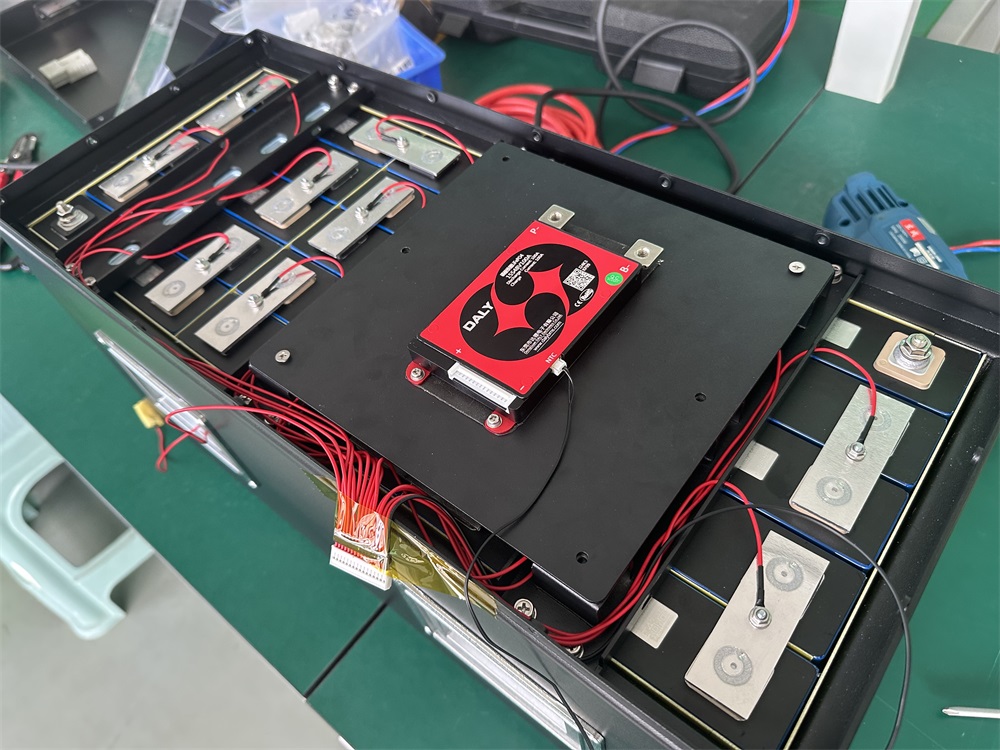
At the core of battery safety lies the BMS, which performs several critical functions:
· Continuous temperature monitoring
· Precise current and voltage regulation
· Comprehensive thermal management
The BMS can be further enhanced with additional safety features depending on various operational factors, including:
· The intended application environment
· Required charging/discharging rates
· Expected vibration levels
· Venting requirements
Cell balancing represents another vital safety mechanism in battery pack design. This feature ensures uniform charge distribution among cells through either:
· Active balancing (charge redistribution between cells)
· Passive balancing (dissipation of excess charge)
By maintaining equal state-of-charge (SoC) across all cells, these balancing techniques prevent individual cells from becoming either overcharged or over-discharged, thereby significantly improving the overall safety and longevity of the battery system.
4. Battery pack Casing Design and Materials
Battery components - anodes, cathodes, electrolytes, separators, and connections - vary by chemistry. Lithium cells use graphite/silicon anodes, while alkaline batteries employ zinc gel. Electrolytes range from potassium hydroxide to lithium salts, with foam separators and nickel connections common.
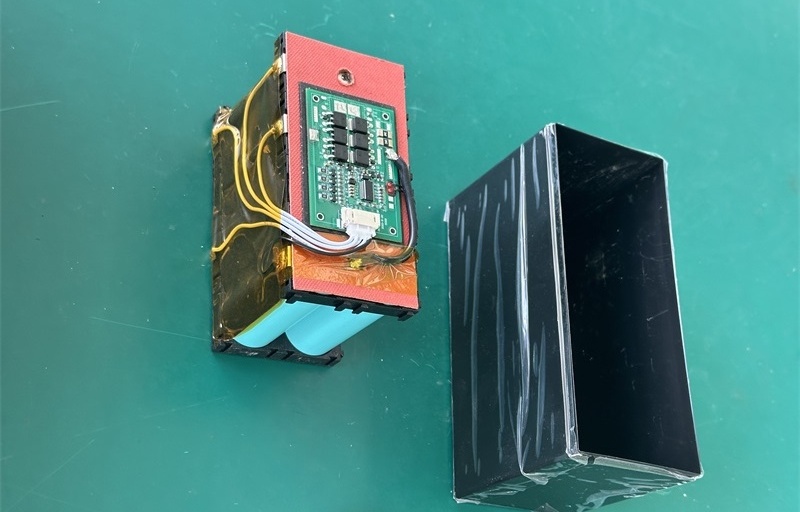
Recommended Resources:《Designing High-Performance Custom Battery Pack Enclosures: What Factors Should be Considered?》
Material selection depends on:
· Application requirements
· Operational stresses
· Industry standards (military/medical)
· Cost considerations
Enclosure design options include:
· Metal casings
· Plastic housings
· Shrink-wrap
Selection factors encompass protection, safety, environmental resistance, and aesthetics.
5. Certification Requirements for Battery Products
Certification needs vary by battery type, with lithium-based chemistries typically requiring mandatory certification. Other battery types may need certification based on specific industry standards or manufacturer quality claims. Companies often pursue voluntary certification to demonstrate product quality and gain a competitive advantage in the marketplace.
Key certification considerations include:
· Applicable standards from organizations like UL, IEC, and IEEE
· Testing requirements (sample quantities, procedures)
· Associated certification costs
The specific certifications required depend on the battery chemistry, application, and target markets. Manufacturers should carefully evaluate which certifications provide the most value for their particular products and customer base.
These are our professional recommendations. If you have any questions about custom battery packs, email us at info@energy-x.org for free expert advice from our dedicated team.
